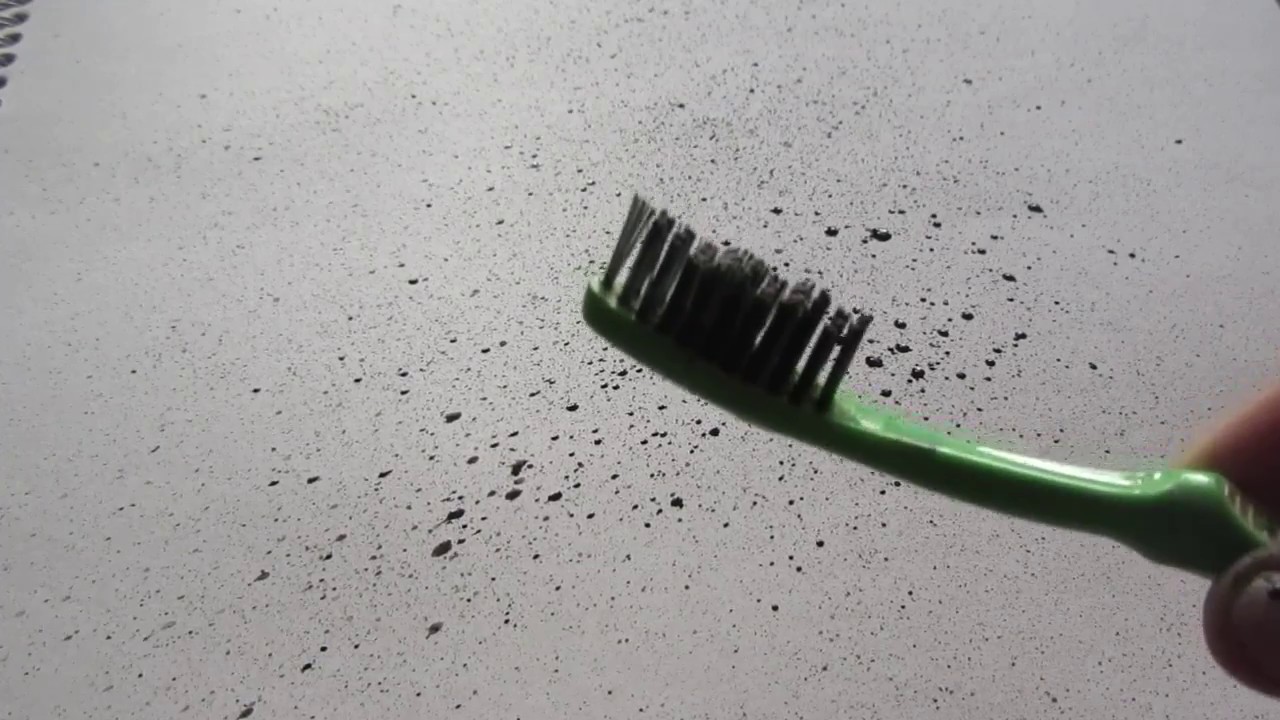Fun Splatter Painting with Kids
Incorporate splatter painting effects in abstract art projects on paper, canvas, or fabric. Do these projects outside or indoors in a protected area.
Splatter painting creates an entirely different effect than brushstrokes. Splattering diffuses or scatters paint over the paper or fabric being painted. Below are some different techniques to create various results – from large droplets to a fine mist of paint. Kids can try using whatever paints they have available, although some techniques work better with certain paints.
Splatter painting can be messy – but it doesn’t have to be! Children who know to be careful shouldn’t have a problem. Cover the work area with newspaper or a vinyl tablecloth. Whichever splatter technique is being used, keep the brush near the paper. There’s no need to fling the paint off a brush with vigorous arm motions. Of course, kids can always do these projects outdoors so they are freer to make a mess.
Splatter Painting With a Stencil
Create a splatter print of an object with an interesting shape – this technique is great with leaves. The print shows the negative space, or the space around the object. To find an object that will make a clear print, look at the silhouette or outline of the object as opposed to specific details on the object. Only select objects that can get covered with paint.
Make a stencil by cutting a shape from paper, lightweight cardboard, or fun foam. Cookie cutters offer clear shapes to trace and cut out. Set the object or cut-out shape on a piece of paper and then use one of the following techniques to color the space around the object.
Toothbrush Splatter Painting
Dip an old toothbrush in tempera or acrylic paint. Hold the toothbrush over the object or shape. Run the handle of a paintbrush or a stick over the bristles of the toothbrush. This will cause the paint to flick off the toothbrush. Keep the toothbrush close to the paper so the paint doesn’t splatter where it shouldn’t go. Reposition the toothbrush to splatter paint around the entire shape. Lift the shape or object.
Spray Bottle Splatter Painting
Put food coloring and water or a liquid watercolor in a spray bottle. Set the nozzle to a fine mist and spray the area around the object.
Screen Splatter Painting
Set a piece of window screen or cheesecloth over the object. Use the toothbrush or spray bottle to color around the object while going through the screen to create a fine spray pattern.
Dropped & Thrown Paint Designs
This process creates large drops or splatters of paint as opposed to the finer mist from the above techniques. Fill a brush with paint. Hold the brush over the paper and give a slight flick of the wrist so large droplets of paint hit the paper or fabric. This method doesn’t require the use of a stencil; instead, drop or throw the paint on the paper or fabric to create large splatters. Attach the paper to a vertical surface to create a different effect since the paint will run down the page instead of staying in place.
Spatter Print Clothing
Use any of the above techniques to splatter paint large objects like tee shirts or bandana. Dropped paint works well on smaller objects, like sneakers and socks that have too many angles and small sections to easily use a stencil.
Splatter prints allow children to paint paper or fabric with drops or sprays of paint. Explore using different types of paint – the water content of the paint will create different results. Also try other abstract painting techniques, such as using dropped strands of yarn or marbles.
